This article was medically reviewed by Shaune Wallace, OD. Dr. Wallace is an Optometrist in Nevada with over 14 years of optometry experience. He received his OD from the Southern California College of Optometry in 2006 and is a member of the American Optometric Association.
There are 7 references cited in this article, which can be found at the bottom of the page.
wikiHow marks an article as reader-approved once it receives enough positive feedback. In this case, several readers have written to tell us that this article was helpful to them, earning it our reader-approved status.
This article has been viewed 45,286 times.
Experts note that finding the right type of contacts for your eyes is an important factor in your vision and eye health.[1] If you’ve never worn contacts before or you're used to hard contacts, learning how to insert soft contacts can seem daunting at first. But the process doesn't have to be scary, and research suggests that the more you do it, the easier it will become.[2]
Steps
Preparing Your Environment
-
1Find a location that has a mirror, a sink, and good lighting. For many, this will mean a bathroom. It is possible to insert a contact lens without all of three of these aspects, but it is best not to try until you are more experienced.
-
2Place all your contact lens materials in front of you. Review the materials you need—contacts, contacts solution, mirror, soap, towel—and make sure they are all within reach. If something goes wrong or you need an item, you will not want to search around your bathroom with only one contact lens in.Advertisement
-
3
Inspecting Your Contact Lens
-
1Open the contacts lens package. Do not rush this step. Be careful opening any new packaging so that the contact lens does not accidentally fly out.
-
2Gently dump the contact lens and cleaning liquid into your non-dominant hand. You should be able to see the contact lens in the pool of liquid. You may want to consider an extra clean or rinse at this stage.
-
3Scoop out the contact lens gently with your index finger. You can use your thumb to help guide the lens onto your index finger if needed. The round part of the contact lens should be touching on the pad of your finger. It should look like a small bowl sitting on your finger.[5]
- It is good to have your index finger fairly dry when putting your contact on it. Contacts like to stick to wet things, so a dry finger will make it easier for the lens to stick to your eye.
-
4Hold the contact lens up to the light. This is the best way to check for problems with your contact lens before you put it in, as you can see better with lighting from behind. It's easy to realize something is wrong once it's inserted—it will hurt!
-
5Make sure the contact lens is not inside out. If the contact is inside out, the edges will flare out. If it is not, the it will resemble a bowl.[6] Some contacts lenses have small laser-printed characters to help you figure out if it is inside out. If you look for the laser printed characters, they will be backwards if you're looking through the bowl of the contact but should look readable from the outer surface. The more you use these lenses, the easier it will become to recognize whether or not the lens is inside out.
-
6Check for any debris or fibers that may be on the contact lens. It will not be difficult to find debris on a lens. It could be a speck of debris, a fiber from a piece of clothing or towel, or a small bit of hair. If you find debris or fiber, put the contact lens back in your hand and rinse it with contact solution. Once you have rinsed it, bring the contact lens up to the light again to make sure it is clean.
-
7Inspect the contact lens for any tears. It should be apparent if a soft contact lens is torn—it will have a chunk missing from it or be folded into itself. You should not wear a torn contact lens—if your contact lens is torn, throw it away and open a new contact package.[7]
Inserting Your Contact Lens
-
1Get in front of a mirror. You should be only a few inches away from the mirror, maybe closer. It is probably most comfortable to use a mirror at eye level so you don't have to bend over in an uncomfortable position.
-
2Bring the hand with the contact lens close to your eye. Place your middle finger just below your bottom eyelid and gently pull down. Your finger can be as far up as your lower lid or just above your cheek.[8]
-
3With your other hand, gently pull up on the same eye. It doesn’t matter which finger you use. You can place it on your actual eyelid or right below your eyebrow. Gently pull up.[9]
-
4Do not blink. If you are new to inserting contact lenses, your eye's first instinct is to close when a foreign object approaches. Holding your eye open will prevent your eye from doing so. You can also rolling your eye up or to the side to help with this or blur your vision.
- The white part of the eye is less sensitive, so you are less likely to flinch if you look off to the side and put the lens on the conjunctiva (white part).
-
5Once your eye area is stretched, slowly move your index finger forward and drop the contact lens gently on your eyeball. Come in at an angle, with the bottom of the lens making contact first, then easing the rest on your eyeball. It should stick. If it does not stick, try again by moving your eye once the contact lens makes contact. Your finger should never directly touch your eyeball.
-
6Close your eye slowly and roll it around so the contact goes in its place. Occasionally a newly placed contact my pop out when you blink. This step will ensure that it stays put.[10]
-
7Test the placement. Does it feel uncomfortable? Can you see clearly out of that eye? Try blinking a few times to center the lens. If it doesn’t help, take out the contact, rinse it with contact solution, and try again.
-
8Repeat these steps for the second contact lens.
Expert Q&A
-
QuestionI am having problems getting my contacts out. Can you help?
 Shaune Wallace, ODDr. Wallace is an Optometrist in Nevada with over 14 years of optometry experience. He received his OD from the Southern California College of Optometry in 2006 and is a member of the American Optometric Association.
Shaune Wallace, ODDr. Wallace is an Optometrist in Nevada with over 14 years of optometry experience. He received his OD from the Southern California College of Optometry in 2006 and is a member of the American Optometric Association.
Doctor of Optometry, Southern California College of Optometry Here is a good article to help walk you through removing your contact lenses. http://www.wikihow.com/Remove-Contact-Lenses
Here is a good article to help walk you through removing your contact lenses. http://www.wikihow.com/Remove-Contact-Lenses -
QuestionWhat do you do if your eye feels dry?
 Shaune Wallace, ODDr. Wallace is an Optometrist in Nevada with over 14 years of optometry experience. He received his OD from the Southern California College of Optometry in 2006 and is a member of the American Optometric Association.
Shaune Wallace, ODDr. Wallace is an Optometrist in Nevada with over 14 years of optometry experience. He received his OD from the Southern California College of Optometry in 2006 and is a member of the American Optometric Association.
Doctor of Optometry, Southern California College of Optometry Artificial tears are a great first step for treating your dry eyes. Get a name brand eye drop and use it up to 4 times a day.
Artificial tears are a great first step for treating your dry eyes. Get a name brand eye drop and use it up to 4 times a day.
Warnings
- You should only use contact solution to clean or rinse your contact lenses. Never use tap water or soap.⧼thumbs_response⧽
- If you experience redness, pain, tearing, increased light sensitivity, blurry vision, discharge or swelling, you should see your eye doctor.[11]⧼thumbs_response⧽
Things You'll Need
- Mirror
- Sink
- Soap
- Contacts
- Contact Case
- Contacts Solution
- Towel/paper towel
References
- ↑ https://www.aao.org/eye-health/glasses-contacts/contact-lens-care
- ↑ https://www.aao.org/eye-health/glasses-contacts/contact-lens-care
- ↑ http://www.aao.org/eye-health/glasses-contacts/contact-lens-care
- ↑ http://coopervision.com/about-contacts/how-put-contacts-your-eyes
- ↑ https://youtu.be/Uj1QtIM8500?t=33
- ↑ https://youtu.be/Uj1QtIM8500?t=3
- ↑ https://youtu.be/Uj1QtIM8500?t=15
- ↑ https://focus.masseyeandear.org/how-to-insert-and-remove-soft-contact-lenses/
- ↑ https://focus.masseyeandear.org/how-to-insert-and-remove-soft-contact-lenses/
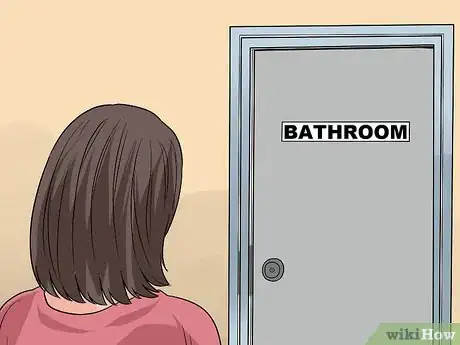
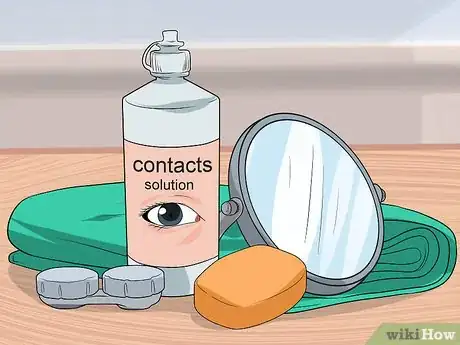

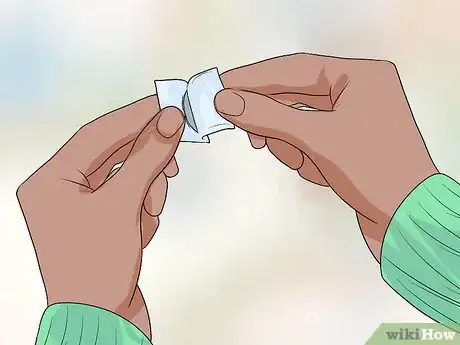
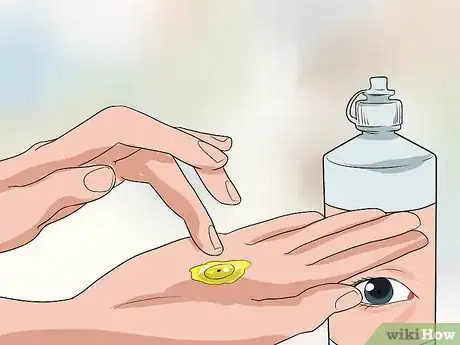
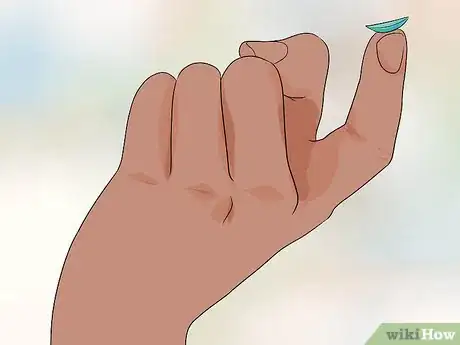


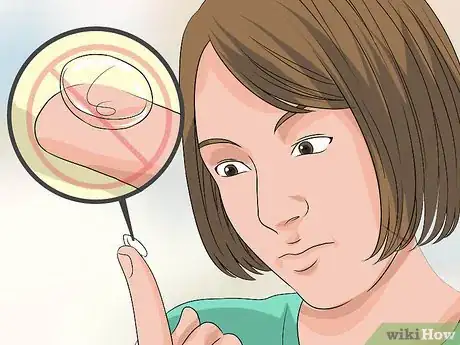
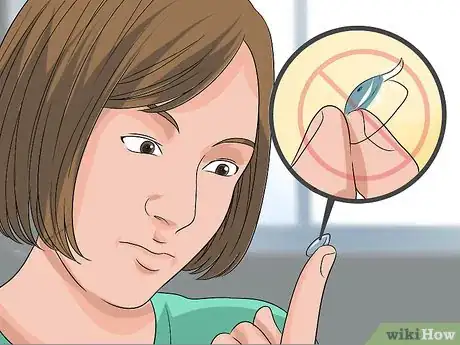
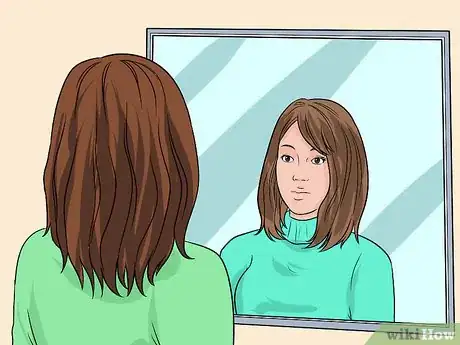

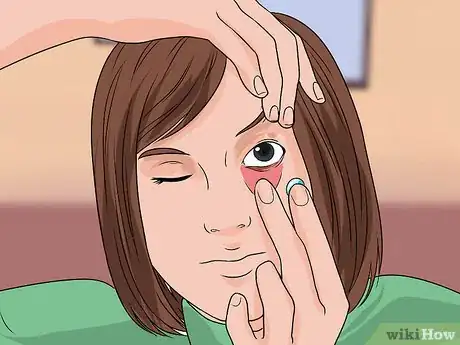
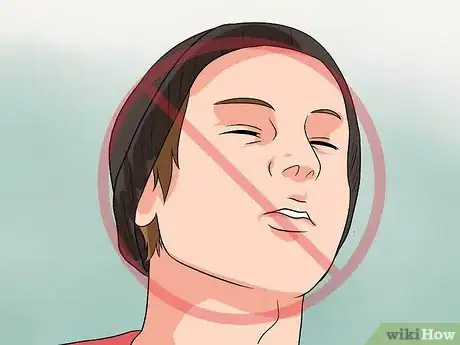
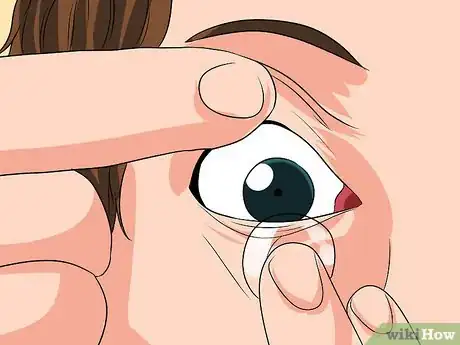
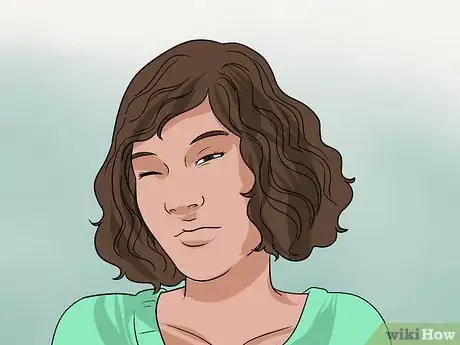


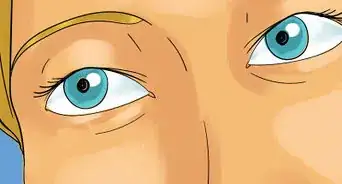

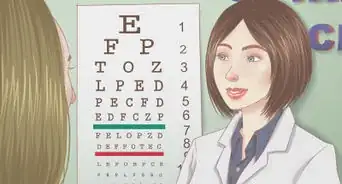
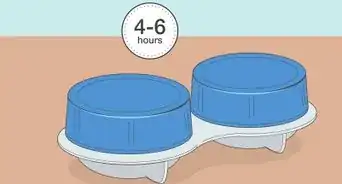

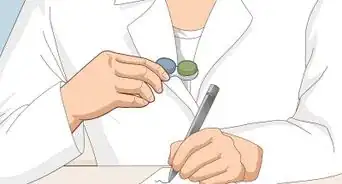
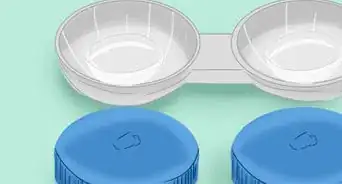


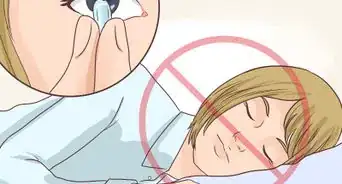
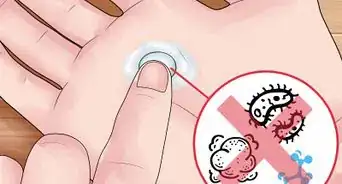
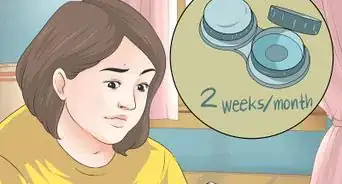
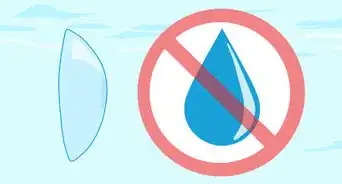










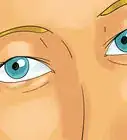
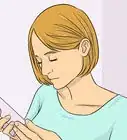
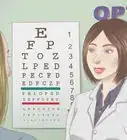
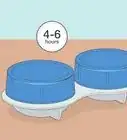



































Medical Disclaimer
The content of this article is not intended to be a substitute for professional medical advice, examination, diagnosis, or treatment. You should always contact your doctor or other qualified healthcare professional before starting, changing, or stopping any kind of health treatment.
Read More...